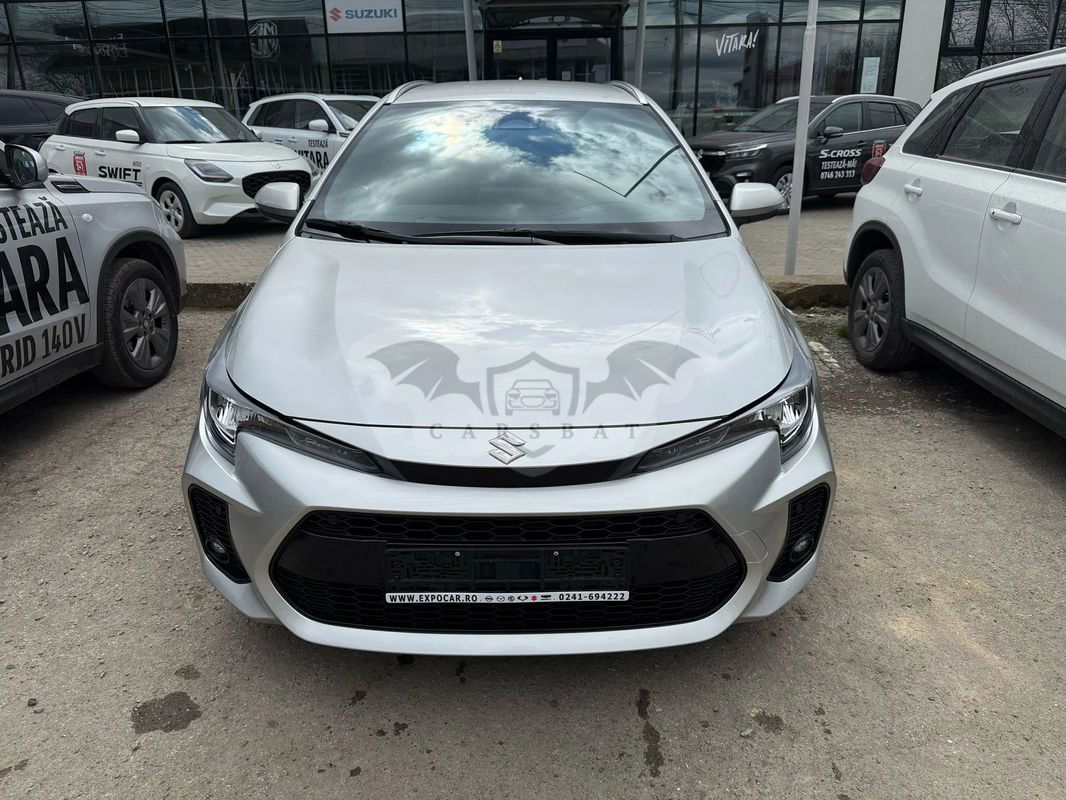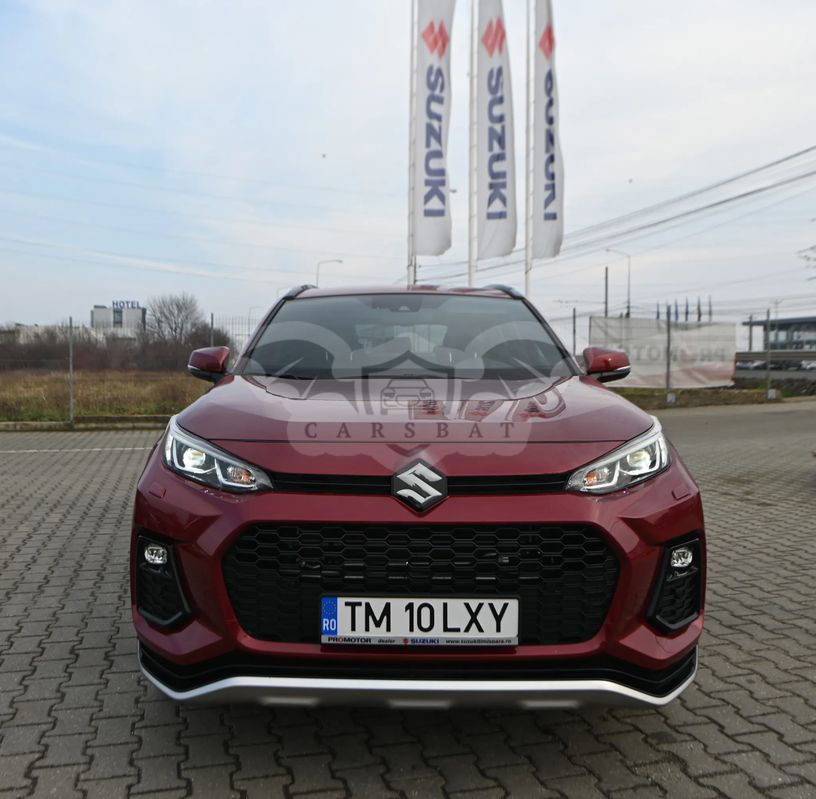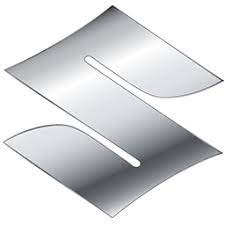
Catalog / Suzuki
Suzuki: Japanese Innovation Meets Affordability in the Automotive World
Suzuki Motor Corporation, a renowned Japanese multinational corporation, has been a significant player in the automotive industry since its inception in 1909. Founded by Michio Suzuki in Hamamatsu, Shizuoka Prefecture, the company initially began as Suzuki Loom Works, focusing on weaving loom production for Japan's booming silk industry.
The transition to automobile manufacturing came in 1937 when Suzuki began developing a prototype car. However, it wasn't until 1955 that Suzuki officially entered the automotive market with its first car, the Suzulight. This compact car revolutionized the Japanese auto industry with its lightweight design and efficient engine, setting the stage for Suzuki's future success in small car production.
One of Suzuki's most significant milestones came in 1970 with the introduction of the iconic LJ10, the first mass-production 4x4 mini-car in Japan. This model laid the foundation for Suzuki's reputation in producing capable off-road vehicles, which continues to this day with models like the Jimny.
In the 1980s, Suzuki expanded its global presence, establishing partnerships with General Motors and forming alliances with Indian automaker Maruti. The Maruti 800, based on Suzuki's Alto, became one of India's best-selling cars, cementing Suzuki's position in the lucrative Indian market.
Suzuki's innovation continued into the 21st century. In 2008, the company introduced the Swift Sport, a performance-oriented version of its popular hatchback, which gained a cult following among car enthusiasts. More recently, Suzuki has been focusing on hybrid and electric vehicle technology, with models like the Swift Hybrid and Across PHEV showcasing the company's commitment to sustainable mobility.
Throughout its history, Suzuki has been known for producing reliable, fuel-efficient, and affordable vehicles. The Swift, launched in 2004, has become one of the company's most successful global models, praised for its stylish design and nimble handling. The Vitara, introduced in 1988, has been a longtime favorite in the compact SUV segment, evolving over the years to meet changing consumer demands.
Today, Suzuki continues to innovate, balancing its traditional strengths in small car and 4x4 production with a growing focus on eco-friendly technologies. With a presence in over 192 countries and regions, Suzuki remains a formidable force in the global automotive landscape, known for its blend of Japanese engineering, affordability, and versatility.

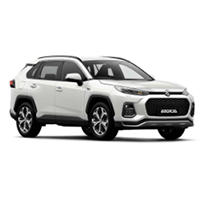
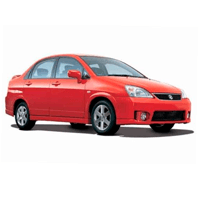
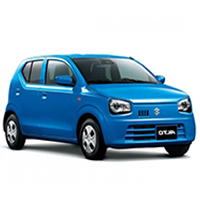
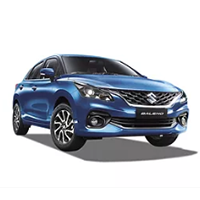
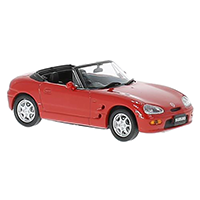


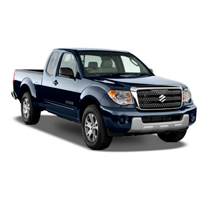











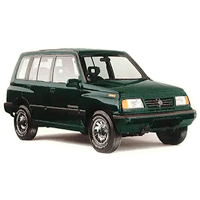
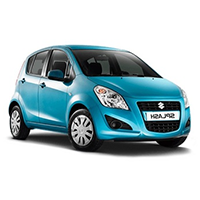
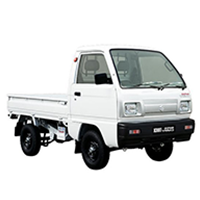

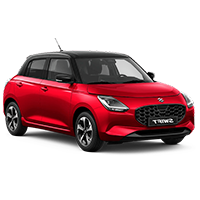


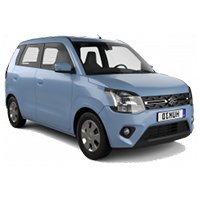
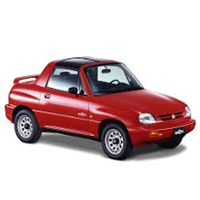

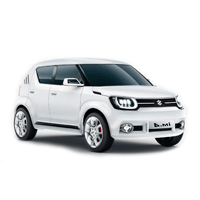
![Suzuki SX4 I [2006 - 2014] 1.6 4WD NAVI 2010 Suzuki SX4 I [2006 - 2014] 1.6 4WD NAVI 2010](https://cdn-img.carsbat.com/autovt/7056298993/0_tsmeyb21s00451209_xhx7.jpg)
![Suzuki Vitara IV [2014 - Prezent] 1.6 DDiS (4x4) Allgrip Comfort 2016 Suzuki Vitara IV [2014 - Prezent] 1.6 DDiS (4x4) Allgrip Comfort 2016](https://cdn-img.carsbat.com/autovt/7054767227/7054767227.jpg)


![Suzuki Vitara III [2021 - Prezent] 1.4 Boosterjet AllGrip MHEV Luxus 2023 Suzuki Vitara III [2021 - Prezent] 1.4 Boosterjet AllGrip MHEV Luxus 2023](https://cdn-img.carsbat.com/autovt/7054973559/0_tsmlyed1s00c62028_wasa.jpg)
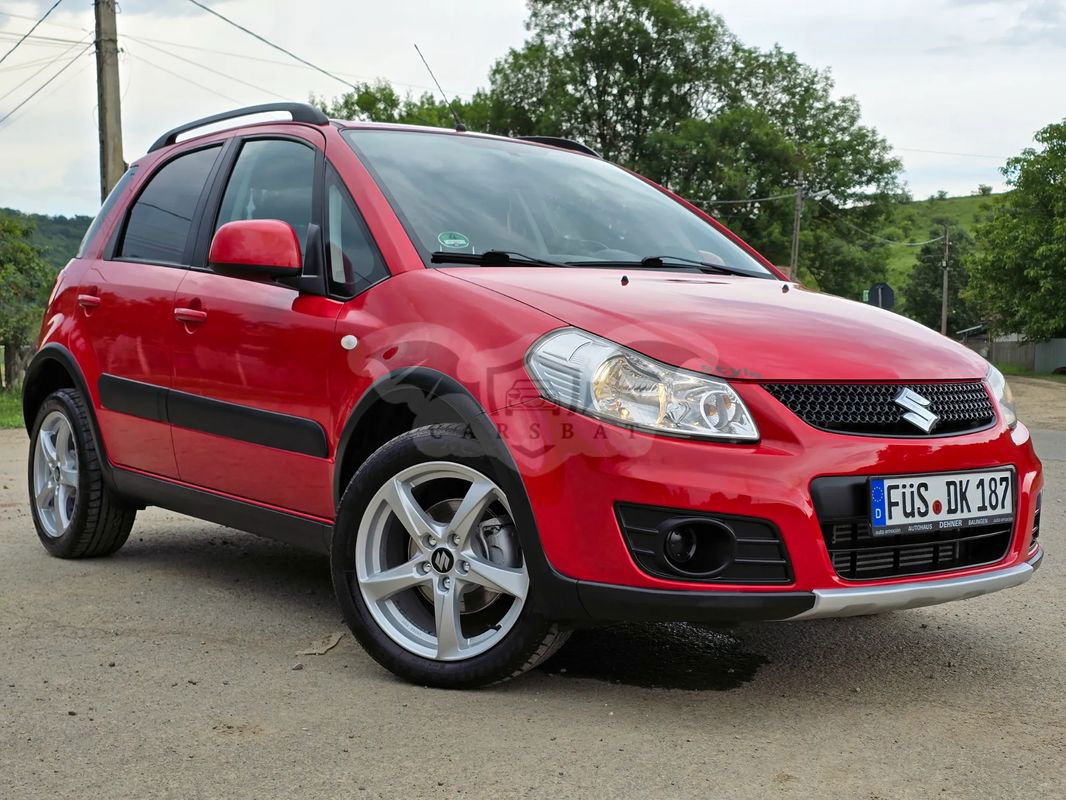
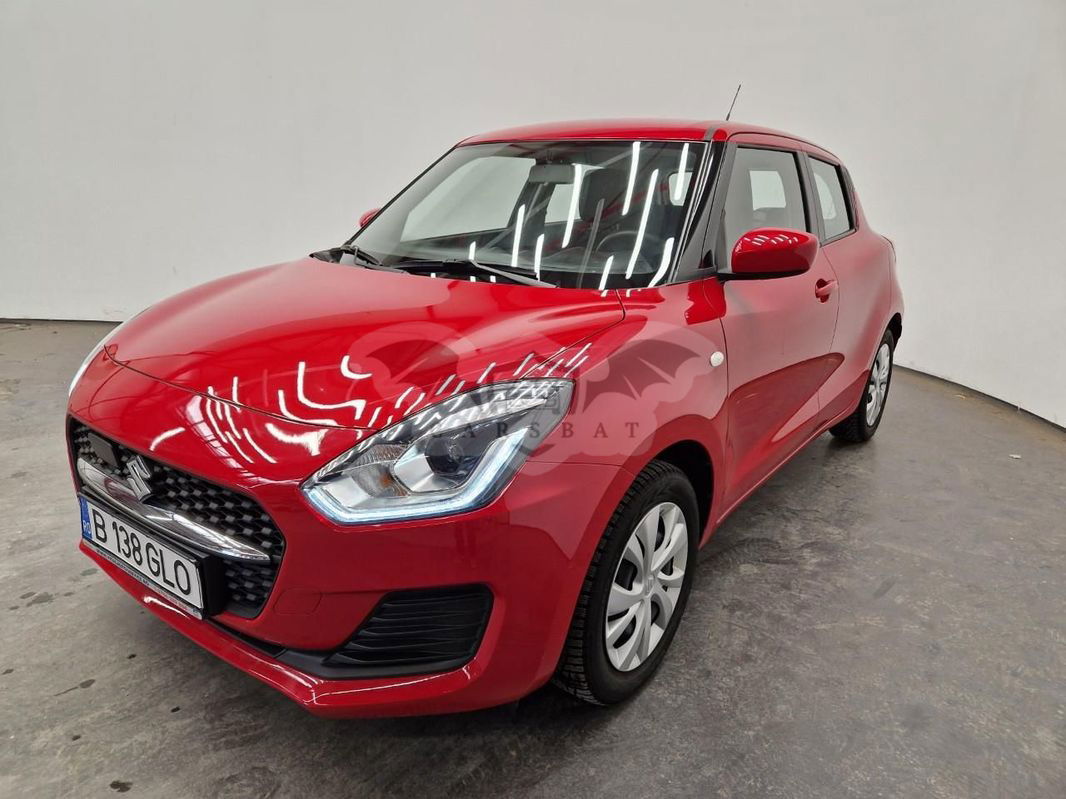
![Suzuki Vitara IV [2014 - Prezent] S 1.4 Boosterjet 4X4 2016 Suzuki Vitara IV [2014 - Prezent] S 1.4 Boosterjet 4X4 2016](https://cdn-img.carsbat.com/autovt/7056317082/0_tsmlyea1s00245664_rven.jpg)
![Suzuki Vitara IV [2014 - Prezent] 1.0 Passion 2018 Suzuki Vitara IV [2014 - Prezent] 1.0 Passion 2018](https://cdn-img.carsbat.com/autovt/7056578110/0_tsmlyd01s00648444_6x8b.jpg)

![Suzuki Jimny III [1998 - 2018] 2001 Suzuki Jimny III [1998 - 2018] 2001](https://cdn-img.carsbat.com/autovt/7056255762/7056255762.jpg)
![Suzuki Jimny III [1998 - 2018] 1999 Suzuki Jimny III [1998 - 2018] 1999](https://cdn-img.carsbat.com/autovt/7056563572/0_jsafjb33v00112212_6pcp.jpg)
![Suzuki Vitara IV [2014 - Prezent] 2017 Suzuki Vitara IV [2014 - Prezent] 2017](https://cdn-img.carsbat.com/autovt/7056837633/0_tsmlye21s00437430_nvc4.jpg)
![Suzuki Vitara IV [2014 - Prezent] 1.4 Boosterjet MHEV Passion 2020 Suzuki Vitara IV [2014 - Prezent] 1.4 Boosterjet MHEV Passion 2020](https://cdn-img.carsbat.com/autovt/7056199104/7056199104.jpg)
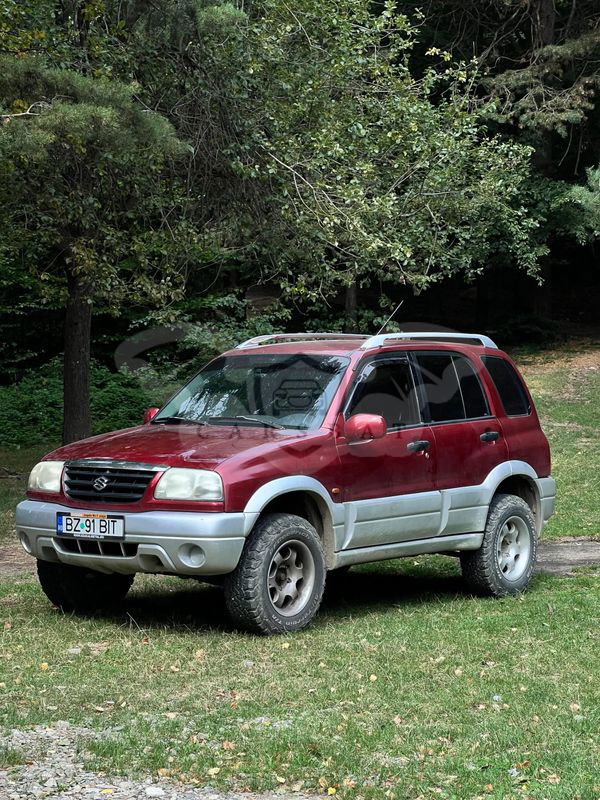

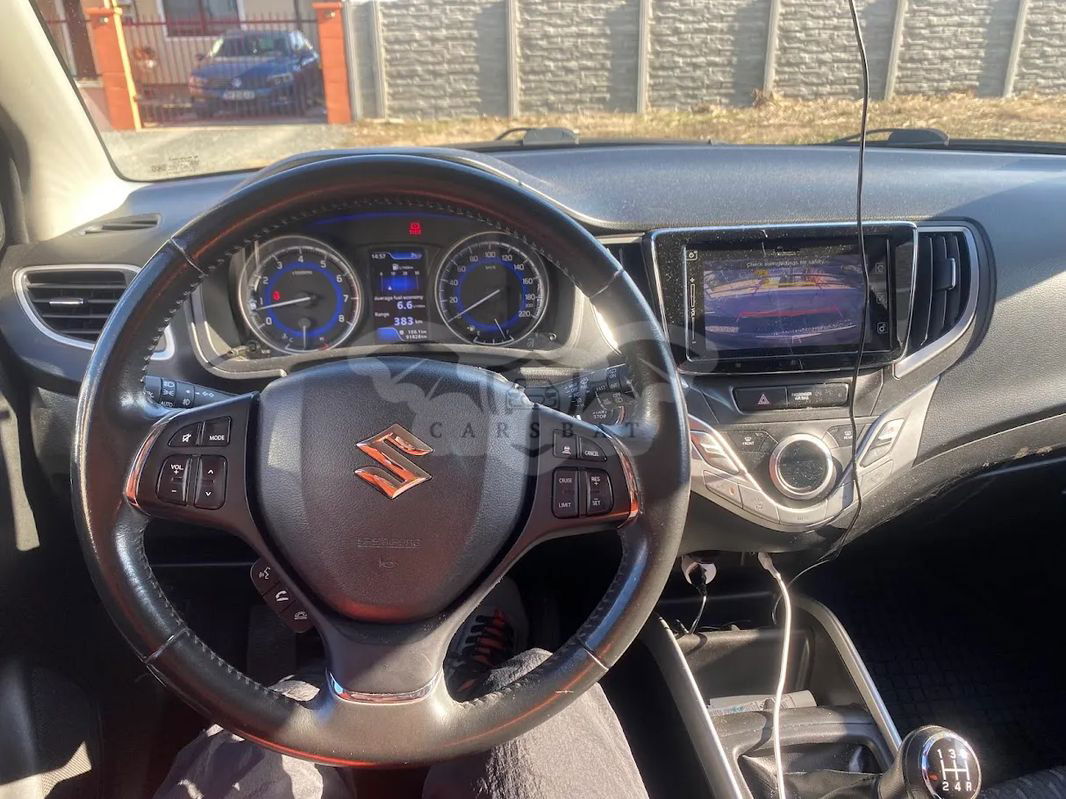
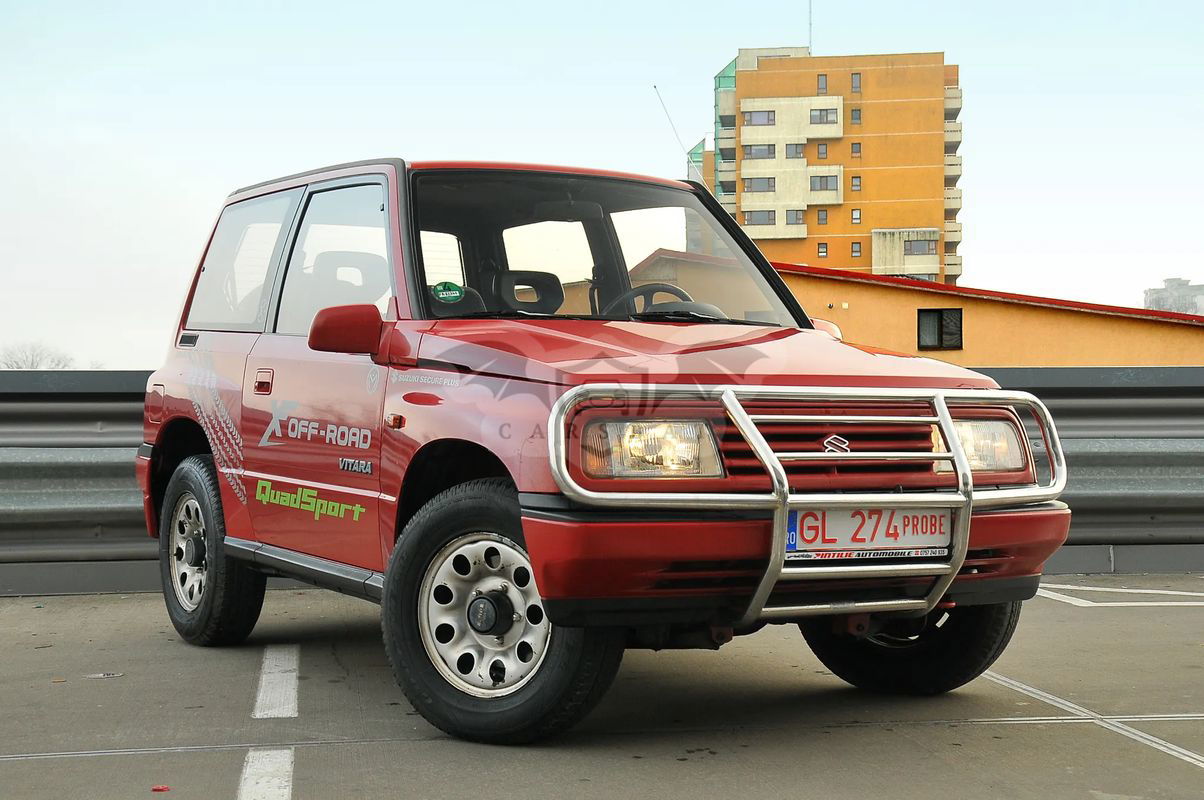

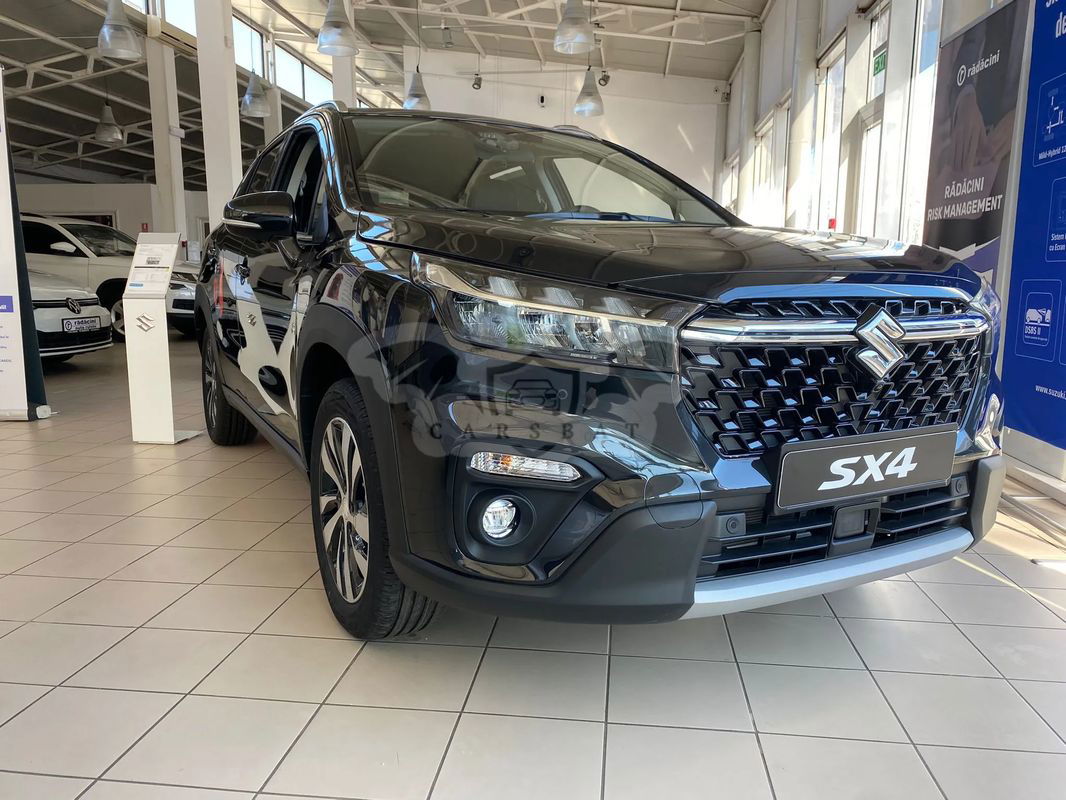
![Suzuki Vitara III [2021 - Prezent] 1.4 Spirit 2023 Suzuki Vitara III [2021 - Prezent] 1.4 Spirit 2023](https://cdn-img.carsbat.com/autovt/7056896445/7056896445.jpg)
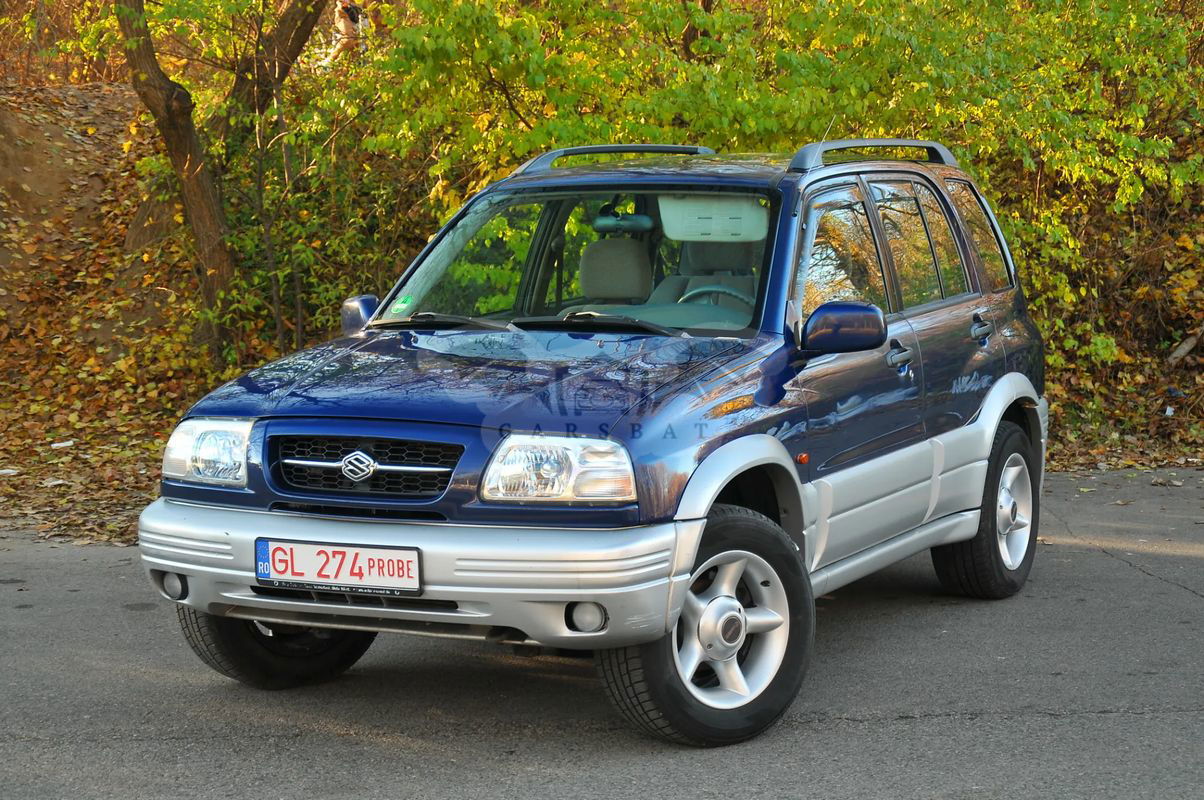

![Suzuki Swift VI [2017 - Prezent] 1.0 BOOSTERJET Passion 2018 Suzuki Swift VI [2017 - Prezent] 1.0 BOOSTERJET Passion 2018](https://cdn-img.carsbat.com/autovt/7056956540/0_jsaazc23s00200382_ffka.jpg)


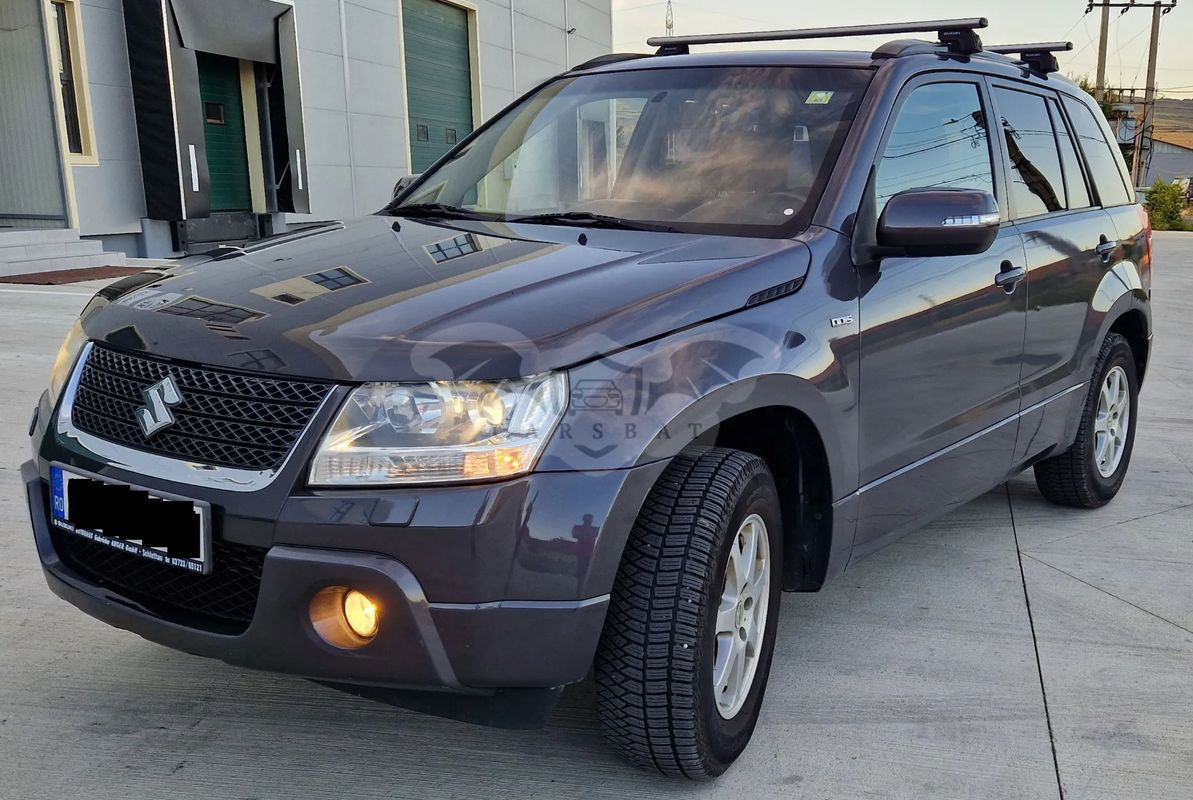

![Suzuki Jimny III [1998 - 2018] 1.3 JLX 2012 Suzuki Jimny III [1998 - 2018] 1.3 JLX 2012](https://cdn-img.carsbat.com/autovt/7054772103/0_jsafjb43v00565633_udsc.jpg)
![Suzuki Ignis II [2016 - Prezent] 1.2 Dualjet 12V AllGrip MHEV Passion 2023 Suzuki Ignis II [2016 - Prezent] 1.2 Dualjet 12V AllGrip MHEV Passion 2023](https://cdn-img.carsbat.com/autovt/7056549488/7056549488.jpg)

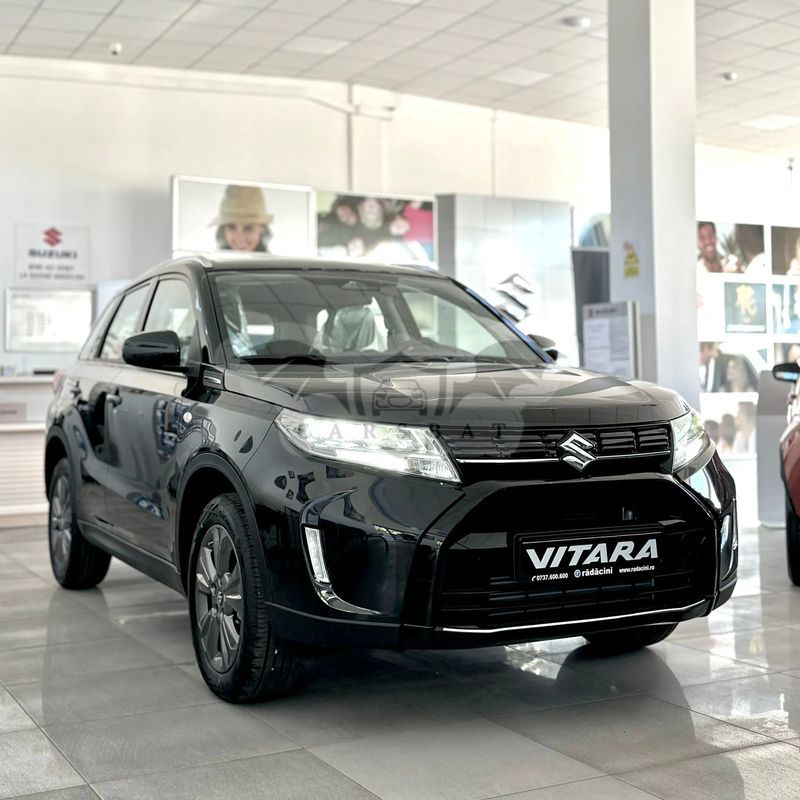
![Suzuki Vitara III [2005 - 2017] 1.6 4X4 Cool 2017 Suzuki Vitara III [2005 - 2017] 1.6 4X4 Cool 2017](https://cdn-img.carsbat.com/autovt/7056165371/0_tsmlye21s00359524_ddcb.jpg)
![Suzuki Vitara II [1998 - 2005] 1998 Suzuki Vitara II [1998 - 2005] 1998](https://cdn-img.carsbat.com/autovt/7056406064/0_vseetv03c01204893_b9x9.jpg)
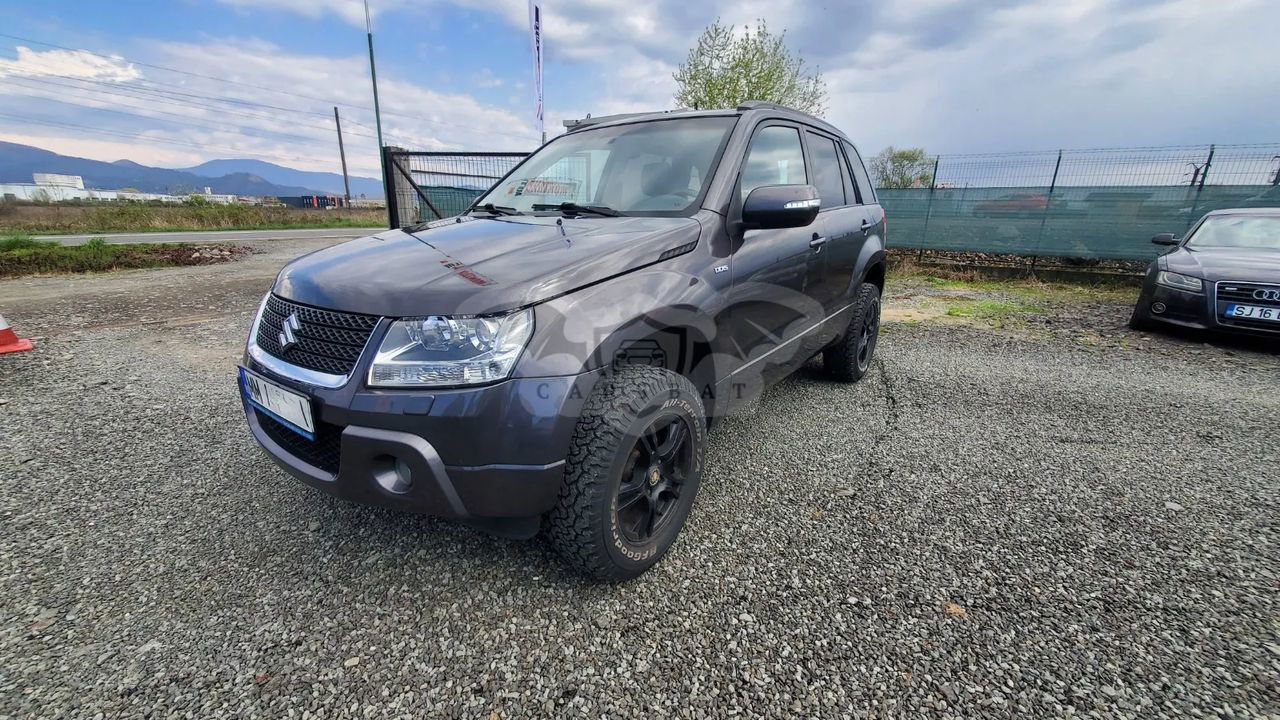

![Suzuki Vitara IV [2014 - Prezent] 1.4 ALLGRIP Passion Aut. 2019 Suzuki Vitara IV [2014 - Prezent] 1.4 ALLGRIP Passion Aut. 2019](https://cdn-img.carsbat.com/autovt/7056534393/7056534393.jpg)
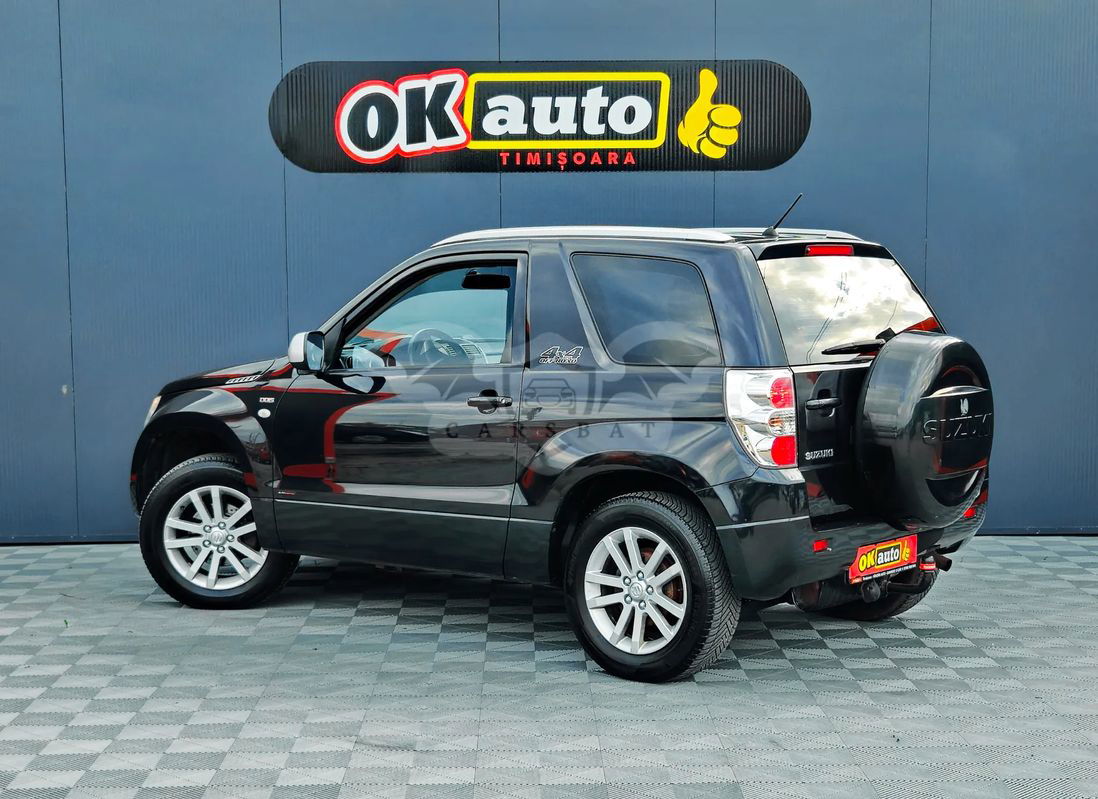


![Suzuki Swift I [2004 - 2010] 2010 Suzuki Swift I [2004 - 2010] 2010](https://cdn-img.carsbat.com/autovt/7055648042/0_tsmmzc01s00599595_9jfu.jpg)
![Suzuki Vitara IV [2014 - Prezent] 2024 Suzuki Vitara IV [2014 - Prezent] 2024](https://cdn-img.carsbat.com/autovt/7056398607/0_tsmlydd1s00d51862_iul0.jpg)
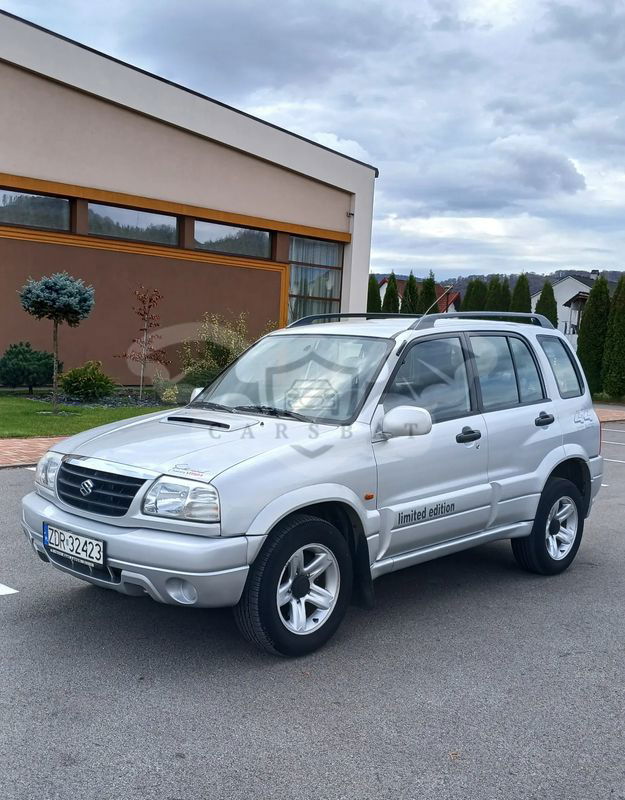
![Suzuki Vitara IV [2014 - Prezent] 2019 Suzuki Vitara IV [2014 - Prezent] 2019](https://cdn-img.carsbat.com/autovt/7056428842/0_tsmlyda1s00713406_li8q.jpg)

![Suzuki Jimny III [1998 - 2018] 1.3 JLX 2010 Suzuki Jimny III [1998 - 2018] 1.3 JLX 2010](https://cdn-img.carsbat.com/autovt/7056537067/0_jsafjb43v00423970_wqsy.jpg)
![Suzuki SX4 I [2006 - 2014] 1.6L 4WD GS 2009 Suzuki SX4 I [2006 - 2014] 1.6L 4WD GS 2009](https://cdn-img.carsbat.com/autovt/7056430080/0_tsmeyb21s00360281_kpsr.jpg)
